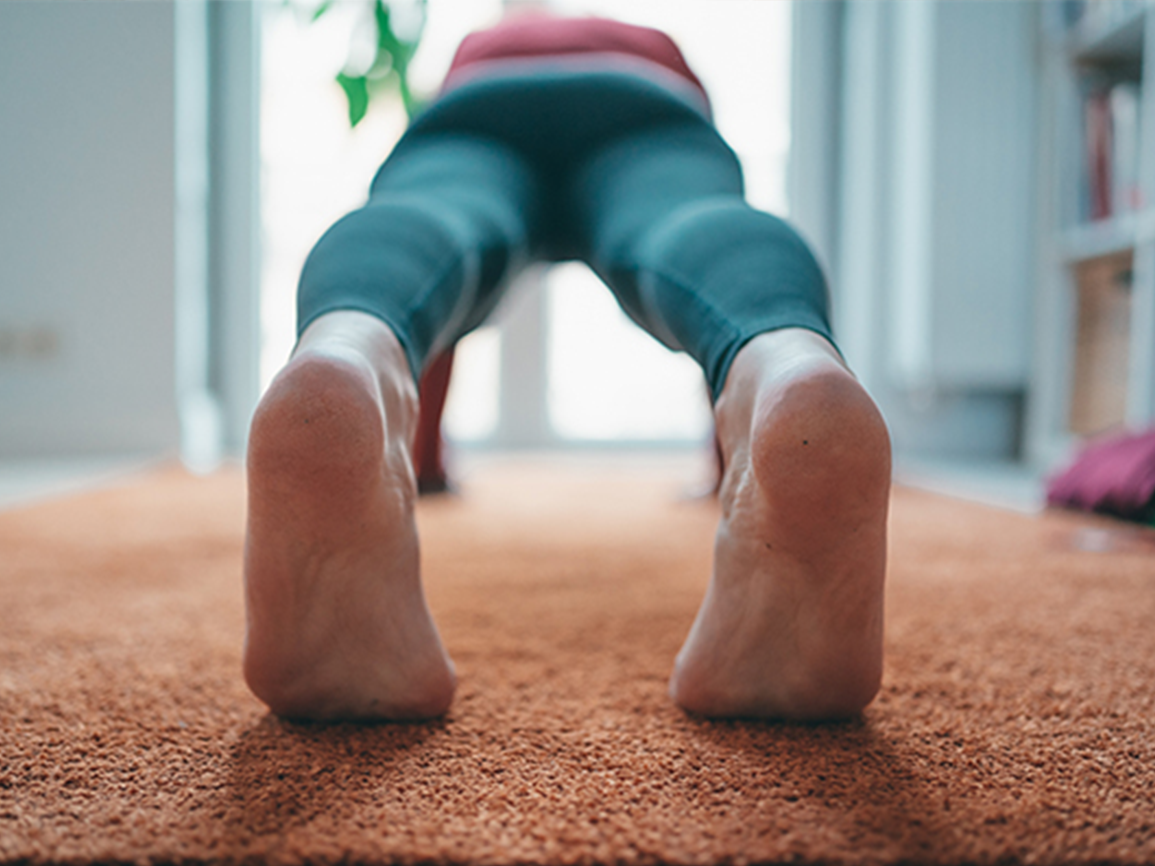Basketball fans around the world were recently sickened by the footage of basketball star Kevin Durant’s Achilles tendon rupturing during a game.
What is Achilles tendinopathy?
The Achilles tendon is one of the strongest tendons in the human body. It attaches the calf muscles to the heel bone of the foot, helping you to run fast, jump high, and change direction quickly. During these types of exercises, the tendon acts like a spring that propels you forward more efficiently.
We know words are extremely powerful and influence what treatment you think you need. For example, would you do the exercises your physiotherapist gave you if you believed your tendon was hanging on by a thread? Probably not.
Research has found a painful tendon is not like a torn rope at all. It’s more like doughnuts stacked on top of each other. Even though changes in tendon structure are seen as a “hole” in the middle of the tendon, there is still a lot of delicious doughnut (in other words healthy tendon) surrounding the damaged area.
The tendon adapts by getting thicker, making it stronger and allowing you to exercise. Critically, pain poorly reflects damage. Tendon pain is not present because the tendon is damaged, weak or hanging on by a thread.
Who gets it?
Achilles tendinopathy can affect athletes who participate in sports that involve running or explosive movements. Most players do not miss competition as a result of Achilles tendon pain. However, most people who experience this type of pain are aged 40-64 years.
That’s because the Achilles tendon bears the brunt of activities like running, playing golf, walking the dog, and stepping off the kerb throughout life. Being overweight, having diabetes, and high cholesterol all increase the risk of developing Achilles tendon pain.
Overcoming tendon pain
The good news is that painful Achilles tendons rarely rupture. Some 80-90% of people who rupture their tendon have never had Achilles tendon pain. Your brain is clever as it uses pain to protect your Achilles tendon by changing your behaviour. But it’s easy to become overprotective. Completely resting the tendon, either by using crutches or a walking boot, is one thing that should be avoided. This is because of the “use it or lose it” principle. With even two weeks’ rest, your tendon and calf muscles become weaker, meaning a longer recovery time.
Just like muscles, tendons get stronger with exercise. Starting exercise that produces no or minimal pain and progressively increasing the intensity of exercise is by far the best option, based on research. Your physio should be able to guide you through a graduated pain-free exercise program. But interventions such as surgery or injections are often ineffective, costly, and can be harmful and take longer to recover from!
